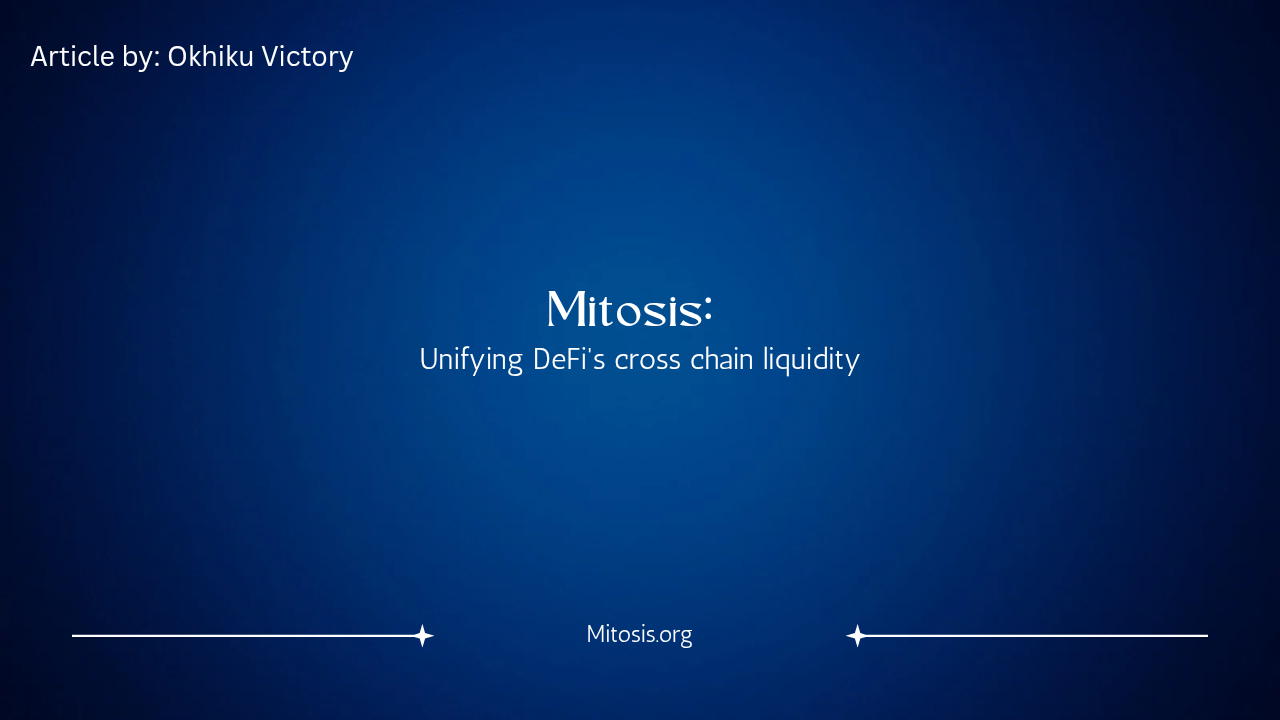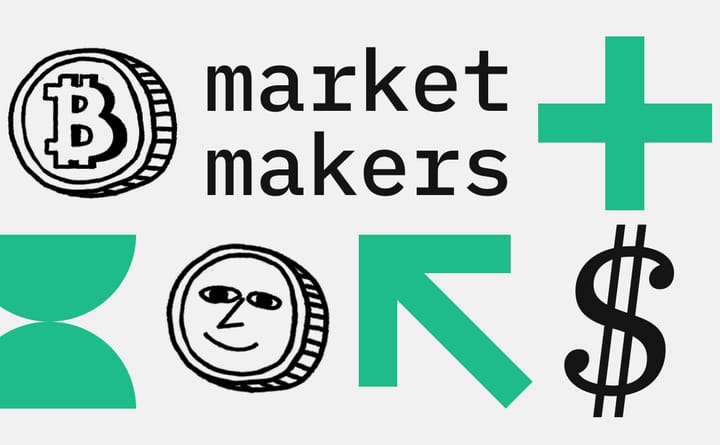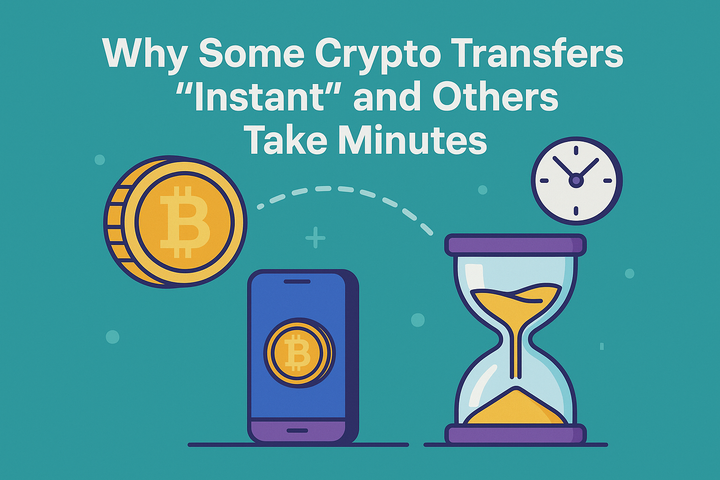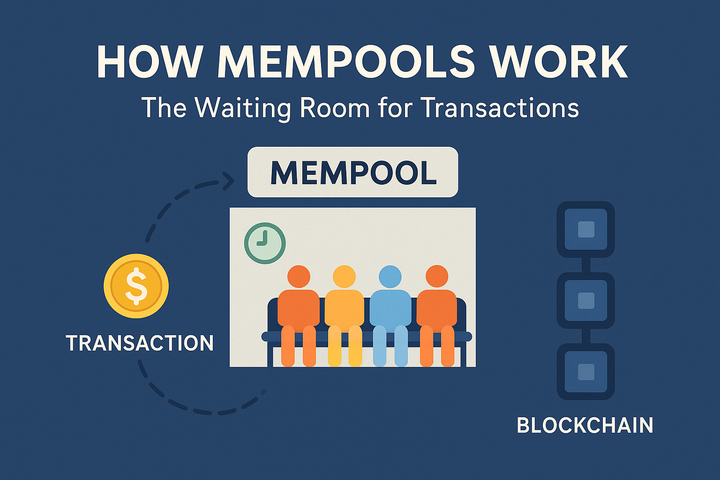Mitosis: Unifying DeFi's cross chain liquidity

Introduction
Imagine your crypto assets trapped in one blockchain, like cash stuck in a single ATM, unable to seize better opportunities elsewhere. This is the challenge of decentralized finance (DeFi) today, where liquidity is fragmented across Layer 1 blockchains like Ethereum and Solana, Layer 2 solutions like Arbitrum, and interoperability protocols like Cosmos and Layer Zero. Such fragmentation inflates costs, complicates strategies, and undermines DeFi’s vision of open, global finance.
Mitosis, a Layer 1 blockchain built on the Cosmos SDK, counters this with its modular liquidity protocol, Ecosystem-Owned Liquidity (EOL), and miAssets, forging a unified DeFi ecosystem. This article will guide you through three critical areas:
The DeFi fragmentation crisis—why it exists and its impact on users and protocols.
The power of interoperability—how Cosmos and Layer Zero bridge ecosystems.
Mitosis’s unifying solutions—how EOL and miAssets create seamless, cross-chain liquidity.
The Fragmentation Crisis in DeFi: Why It Matters
DeFi’s explosive growth has spawned a vibrant but disjointed ecosystem of Layer 1 (L1) blockchains, Layer 2 (L2) scaling solutions, and interoperability protocols. Liquidity, the backbone of DeFi, is scattered across these silos, creating barriers to efficiency and accessibility. Grasping the causes and consequences of this fragmentation is essential to appreciating Mitosis’s transformative role.
Causes of Liquidity Fragmentation
Fragmentation arises from the distinct architectures of L1 blockchains like Ethereum, Solana, and Cosmos-based chains, each with unique token standards and consensus mechanisms. L2 solutions like Optimism further isolate liquidity by processing transactions off Ethereum’s mainnet, creating walled gardens.
Example: An LP providing ETH to Uniswap on Ethereum cannot directly redeploy those assets to Osmosis, a Cosmos-based DEX, without bridging, which involves gas fees and delays, locking liquidity in one ecosystem.
Consequences for DeFi Users and Protocol
Fragmentation raises costs and complexity for users while starving protocols of liquidity. Retail users face high bridging fees—sometimes $50 or more—while developers compete for limited TVL, hindering innovation. DeFiLlama reports Ethereum commands over 50% of DeFi’s $80 billion TVL, leaving chains like Avalanche liquidity-constrained.
Example: In 2022, Solend, a Solana-based lending protocol, struggled during a market dip because assets were locked in Ethereum-based protocols, amplifying volatility and highlighting fragmentation’s risks.
Interoperability: The Key to Unlocking DeFi’s Potential
Interoperability protocols like Cosmos and Layer Zero enable blockchains to share assets and data, reducing fragmentation. While they facilitate connectivity, they don’t fully address liquidity optimization or user complexity. Mitosis leverages these protocols to build a cohesive DeFi framework.
Cosmos’s IBC: Connecting Layer 1 Ecosystems
Cosmos’s Inter-Blockchain Communication (IBC) protocol links chains like Cosmos Hub and Juno, enabling seamless liquidity transfers. This supports cross-chain DeFi applications and minimizes reliance on centralized bridges, which lost over $2 billion to hacks in 2022.
Example: Osmosis, a Cosmos-based DEX, uses IBC to let users swap ATOM for OSMO across connected chains, handling over $1 billion in transfers since 2021 with low friction.
Layer Zero: Omnichain Messaging for Broader Reach
Layer Zero’s messaging protocol connects non-Cosmos chains like Ethereum and Solana, powering cross-chain applications without intermediaries. It enables bridges like Stargate to streamline asset transfers across ecosystems.
Example: A user moving USDC from Ethereum to Solana via Stargate’s Layer Zero-powered bridge completes the transfer in minutes, but reallocating that USDC to a Solana-based lending protocol still requires additional steps, underscoring interoperability’s limits.
Mitosis: Unifying DeFi with EOL and miAssets
Mitosis, a Cosmos-based L1 with EVM compatibility, transcends interoperability by unifying liquidity across chains. Its Ecosystem-Owned Liquidity (EOL), miAssets, and Matrix Vaults transform static deposits into programmable, community-governed assets, harnessing Cosmos’s IBC, Layer Zero’s messaging, and Hyperlane’s interoperability.
Ecosystem-Owned Liquidity: Empowering Community Governance
EOL lets LPs deposit assets into Mitosis Vaults, receiving miAssets—yield-bearing tokens that grant governance rights over liquidity allocation. LPs vote on deploying assets to high-yield protocols across chains, optimizing returns.
Example: An LP deposits USDC into a Mitosis Vault and receives miUSDC. Through community governance, the LP votes to allocate this liquidity to a high-yield lending protocol on Solana via Layer Zero or a Cosmos-based DEX like Osmosis via IBC. This ensures assets are dynamically redeployed to maximize returns, unlike traditional LPs locked into a single protocol.
miAssets: Programmable, Cross-Chain Liquidity
miAssets are tokenized representations of deposited assets, designed to be interoperable across ecosystems. Built on Mitosis’s EVM-compatible Layer 1, miAssets can interact with Ethereum, Solana, and other chains via Layer Zero and Hyperlane. These tokens are programmable, enabling developers to create sophisticated DeFi strategies, such as automated yield farming or cross-chain collateralization.
Example: A developer creates a DeFi application that uses miUSDC as collateral for a loan on Ethereum while simultaneously earning yield on Solana. This eliminates the need for multiple bridging transactions, reducing fees and complexity.
Matrix Vaults: The Core of Liquidity Unification
Matrix Vaults are Mitosis’s modular infrastructure for liquidity management. They aggregate assets from LPs, tokenize them as miAssets, and distribute them across connected chains based on governance decisions. By leveraging Cosmos’s IBC for intra-ecosystem transfers and Layer Zero/Hyperlane for external chains, Matrix Vaults ensure liquidity flows seamlessly to where it’s needed most.
Example: During a market surge, Matrix Vaults detect higher yields on Arbitrum-based protocols. Governance votes reallocate liquidity from Cosmos-based pools to Arbitrum, executed in real-time via Hyperlane, boosting LP returns without manual bridging.
Overcoming Limitations of Interoperability Protocols
While Cosmos’s IBC and Layer Zero excel at connectivity, they don’t inherently optimize liquidity or simplify user experience.
Mitosis addresses these gaps by:
Centralizing Liquidity Management: EOL and Matrix Vaults pool assets for collective governance, reducing fragmentation.
Simplifying User Interaction: miAssets abstract away bridging complexities, offering a unified interface for cross-chain DeFi.
Enhancing Yield Optimization: Community-driven allocation ensures liquidity chases the highest returns, unlike static bridges.
Conclusion
DeFi’s fragmentation crisis, driven by siloed Layer 1s, Layer 2s, and interoperability challenges, hampers efficiency and accessibility. While Cosmos’s IBC and Layer Zero’s messaging lay the groundwork for connectivity, they fall short of true liquidity unification.
Mitosis, with its Ecosystem-Owned Liquidity, miAssets, and Matrix Vaults, bridges this gap, creating a seamless, community-governed DeFi ecosystem. By leveraging Cosmos’s scalability, Layer Zero’s reach, and Hyperlane’s flexibility, Mitosis empowers users and protocols to transcend blockchain barriers, unlocking DeFi’s full potential. As DeFi evolves, Mitosis stands as a beacon of unified, open finance, where liquidity flows freely, and opportunities are boundless.



Comments ()